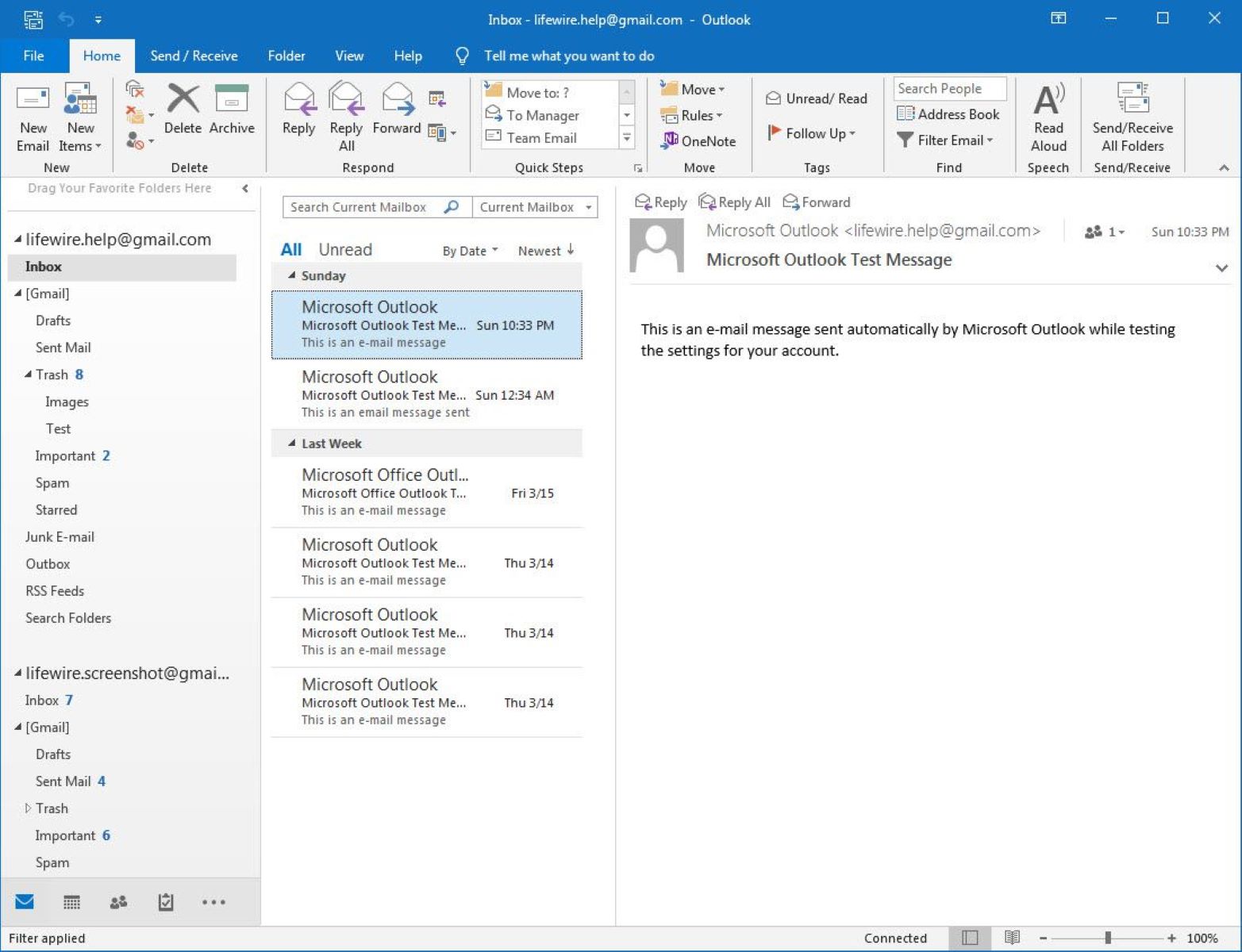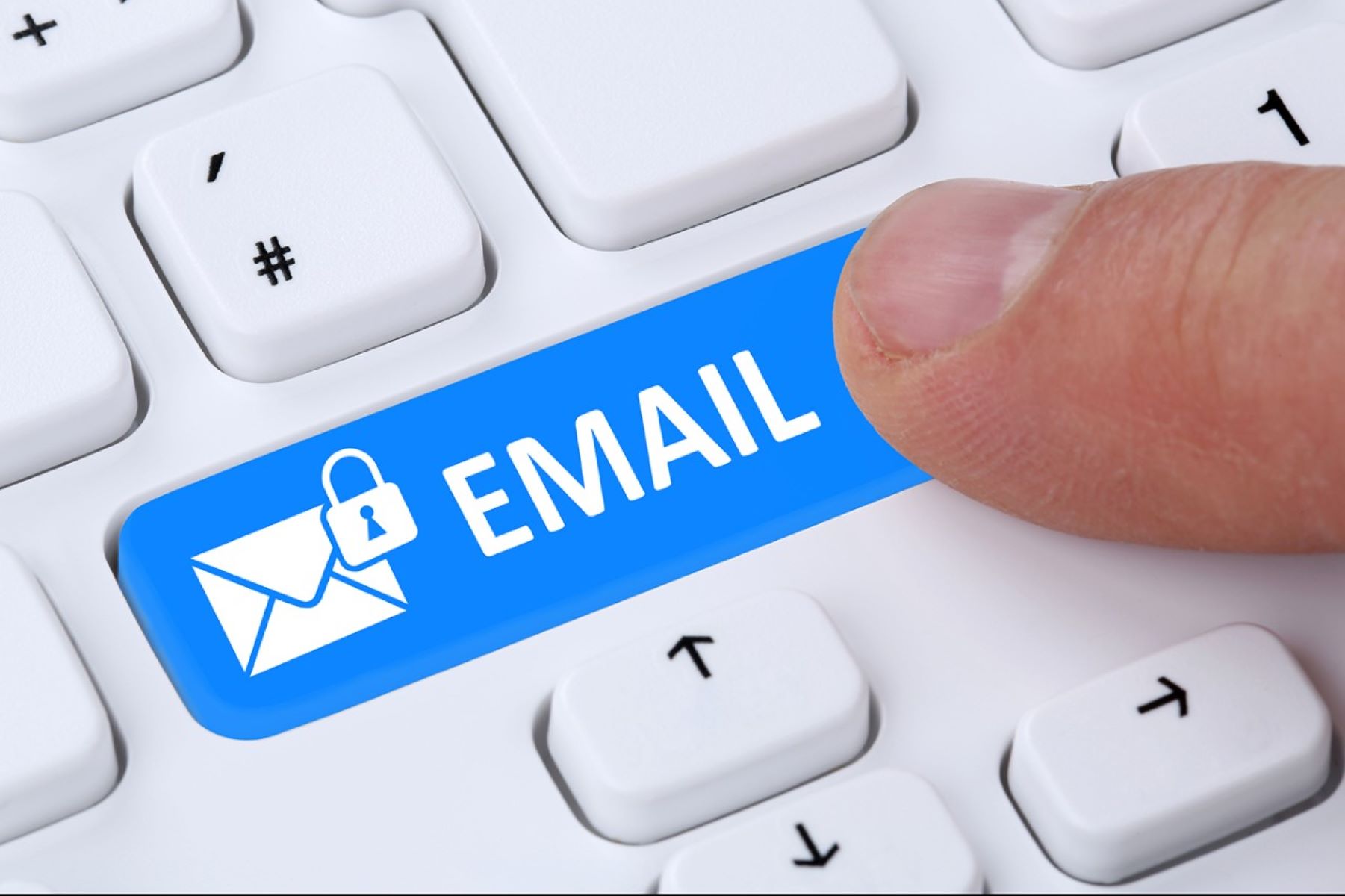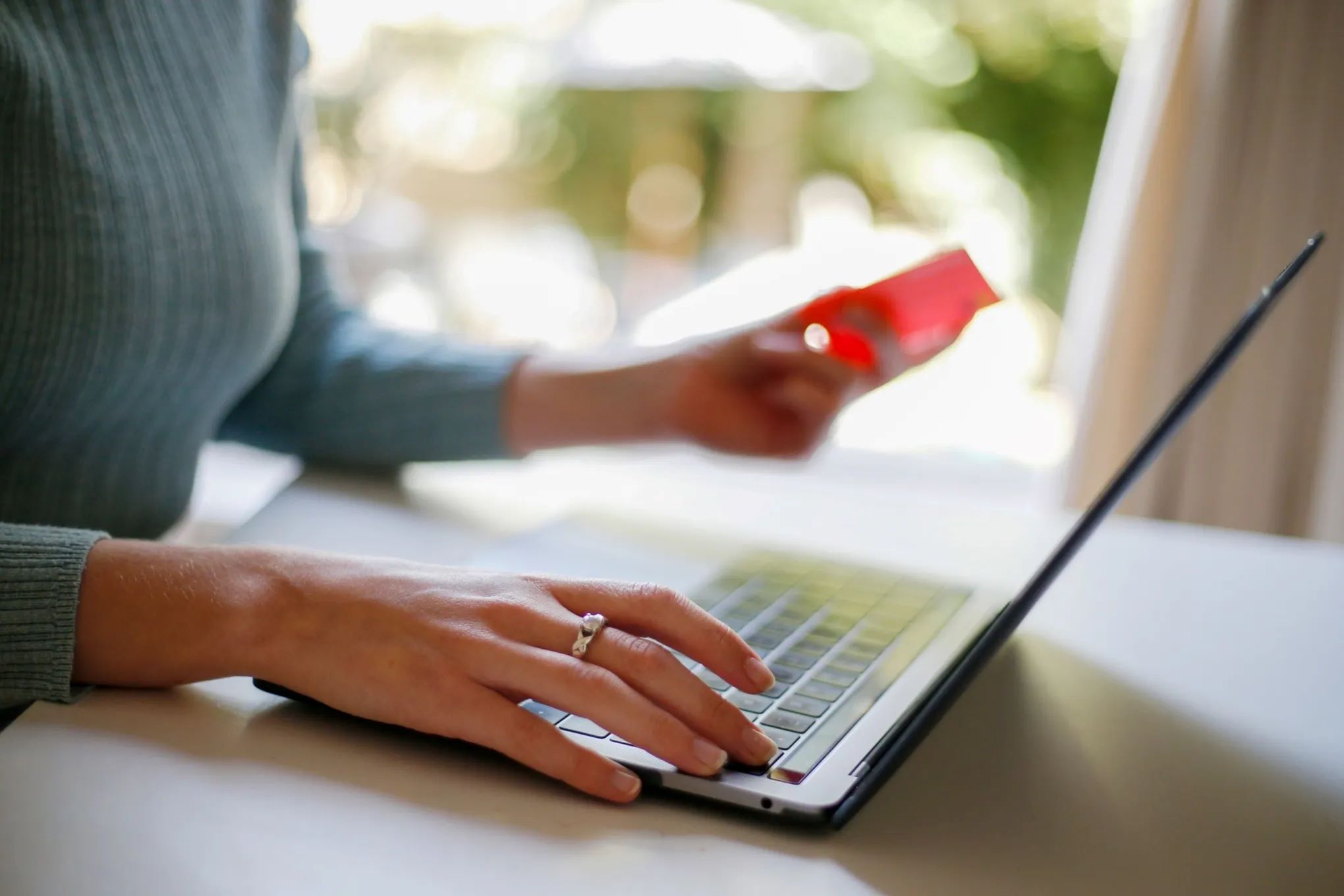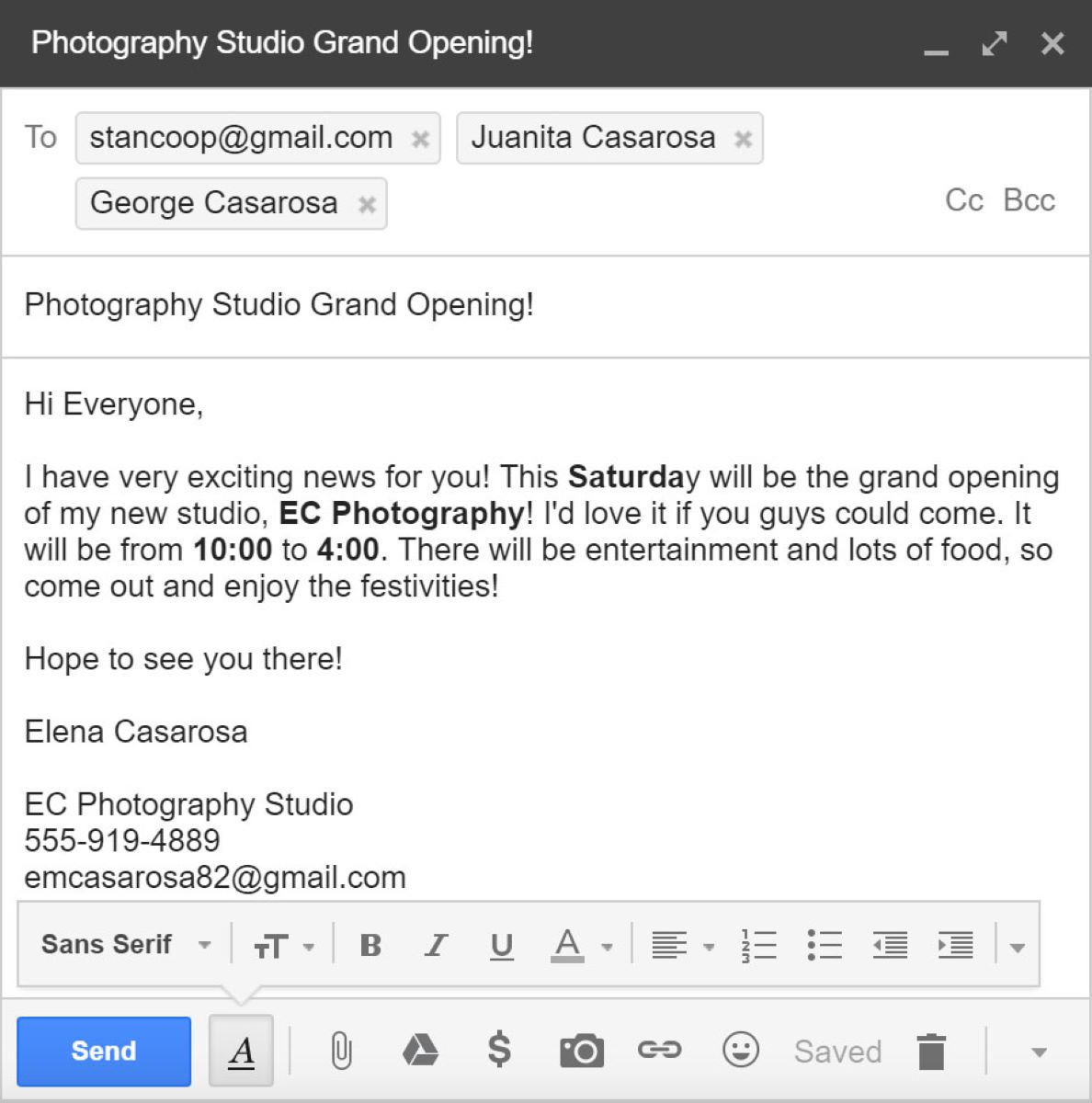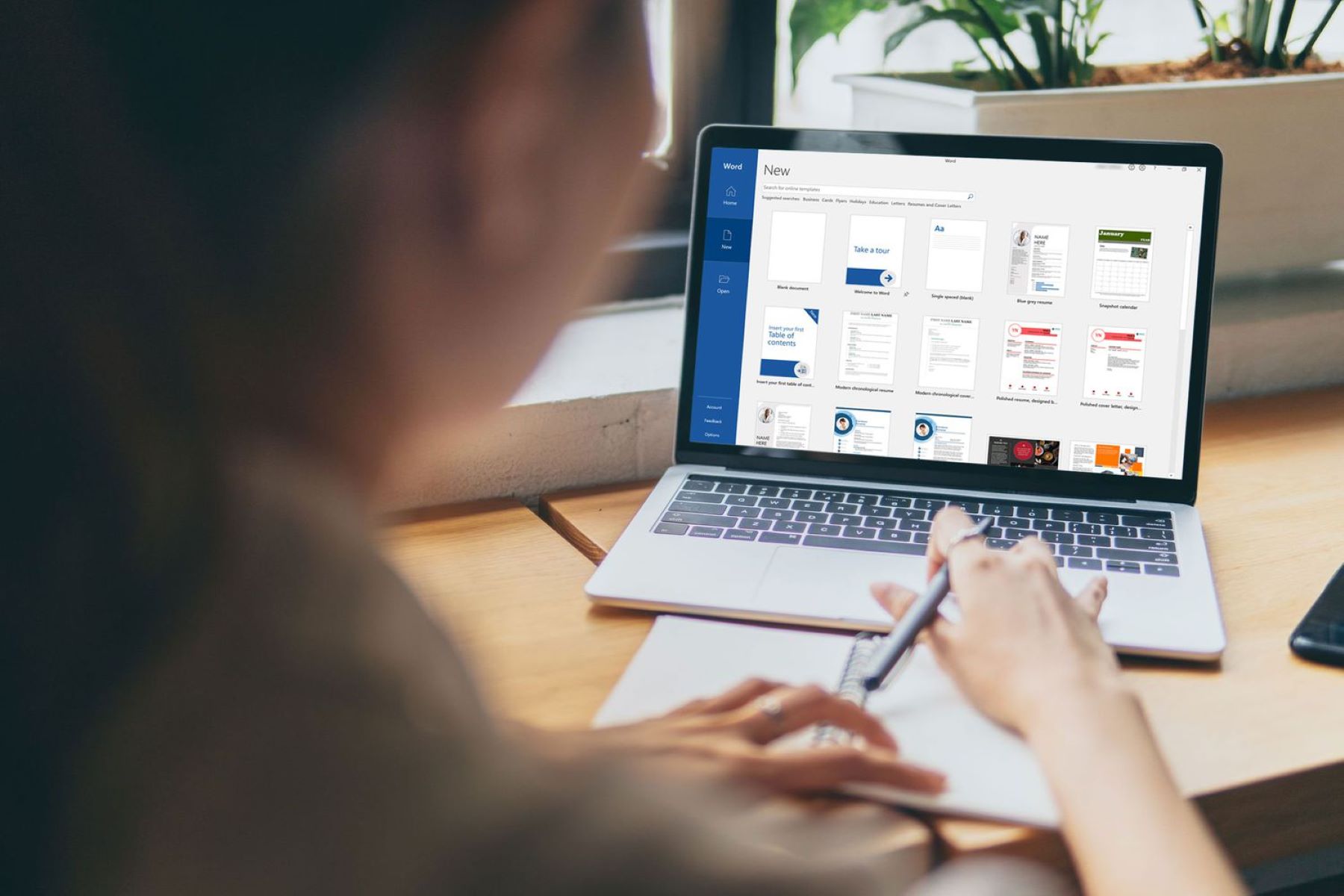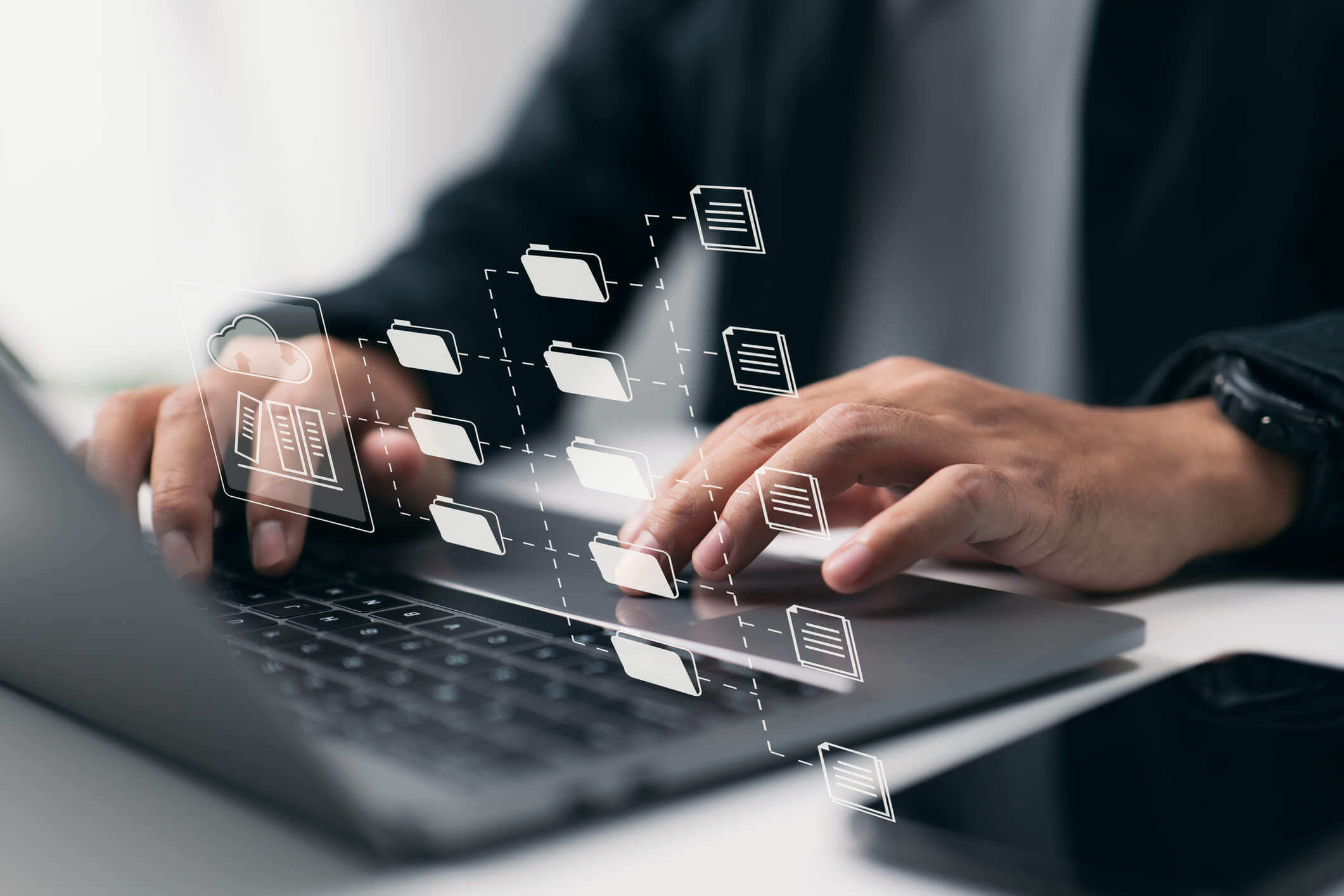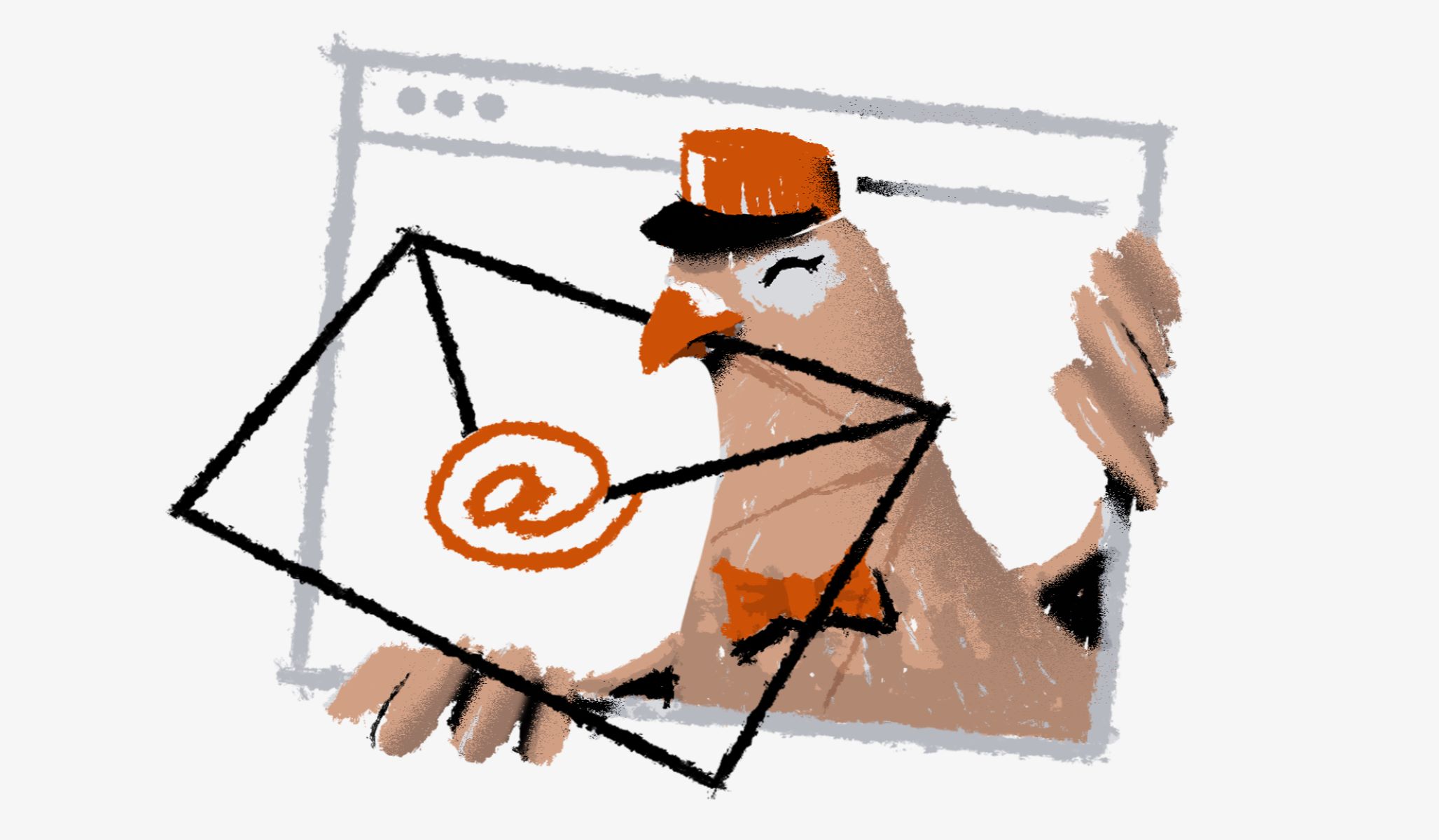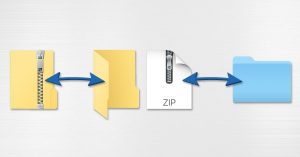Introduction
Attaching an email to another email is a convenient way to share important information or references with others. Whether you need to share a conversation thread, forward an entire email chain, or simply send a single email as an attachment, this process allows you to efficiently send and receive messages within your email client.
When you attach an email to another email, you can preserve the original formatting, attachments, and any other relevant details. This can be particularly useful when you want to provide additional context or refer back to specific email conversations with colleagues, clients, or friends.
In this article, we will explore different methods you can use to attach an email to another email. We will cover various techniques that apply to popular email clients such as Gmail, Outlook, and Apple Mail. By following these steps, you’ll be able to seamlessly share important messages and streamline your communication.
Before we dive into the different methods, let’s take a look at why you might want to attach an email to another email.
Why Attach an Email to Another Email?
Attaching an email to another email can serve several purposes and offer numerous benefits. Here are a few reasons why you might consider attaching an email to another email:
- Providing Context: Attaching an email can provide additional context to the recipient. It allows them to view the full conversation thread, including any previous messages or attachments, giving them a better understanding of the topic at hand.
- Sharing Multiple Messages: If you need to share multiple emails related to a specific topic, attaching them all in one email simplifies the process. This saves time for both you and the recipient, as they won’t need to search through their inbox for individual emails.
- Preserving Formatting: Attaching an email ensures that the original formatting, such as font styles, colors, and embedded images, are preserved when viewed by the recipient. This can be especially important when sharing professional or formal correspondence.
- Sending Large Attachments: Some email clients have file size limitations for attachments. By attaching an email that contains a large file, you can bypass these limitations and ensure that the recipient receives the necessary information.
- Archiving Important Conversations: Attaching emails can be a great way to archive important conversations or references. By saving the conversation as an attachment, you can easily access and refer back to it in the future, even if the original email gets deleted or lost.
By understanding the various benefits and use cases, you can make an informed decision about when and why to attach an email to another email. Now that you have a clear understanding of the advantages, let’s explore the different methods you can use to attach an email to another email.
Steps to Attach an Email to Another Email
There are multiple methods you can use to attach an email to another email, depending on your email client and preferences. Here are three common methods you can follow:
Method 1: Forwarding the Email as an Attachment
- Open the email you want to attach to another email.
- In your email client, locate the option to “Forward” the email. This is usually represented by an arrow pointing to the right.
- Instead of sending the email directly, look for an option to “Forward as an Attachment” or similar wording. This will create a new email with the original email attached as a separate file.
- Compose a new email and enter the recipient’s email address, subject, and message if necessary.
- Send the email, and the recipient will receive the attached email as a separate file to open and view.
Method 2: Copying and Pasting the Email Contents
- Open the email you wish to attach to another email.
- Select and copy the entire content of the email, including any formatting or attachments.
- In a new email composition window, paste the copied content into the body of the email.
- Compose the rest of the email, add the recipient’s email address, subject, and any additional message if needed.
- Send the email, and the recipient will receive the copied email content within the body of the new email.
Method 3: Save the Email as a File and Attach it
- Open the email you want to attach to another email.
- Find the option to “Save” or “Save As” the email. This is usually located in the menu or toolbar of your email client.
- Choose a location on your computer to save the email as a file, and give it a relevant name.
- Open a new email composition window and click on the “Attach” or “Attach File” option.
- Navigate to the location where you saved the email file, select it, and click “Attach” or “Open”.
- Finish composing the email, add the recipient’s email address, subject, and any additional message.
- Send the email, and the recipient will receive the attached email file as an attachment that they can open and view.
These three methods provide different ways to attach an email to another email. Choose the method that works best for your email client and individual preferences. Remember to follow any specific instructions or prompts given by your email client for attaching emails. Now that you have learned the steps, let’s explore some best practices for attaching emails.
Method 1: Forwarding the Email as an Attachment
Forwarding an email as an attachment is a straightforward method to attach an email to another email. This method is supported by most email clients and allows you to send the original email as a separate attachment. Follow these steps to use this method:
- Open the email you wish to attach to another email.
- In your email client, locate the option to “Forward” the email. This is typically represented by an arrow pointing to the right.
- Instead of sending the email directly, look for an option that says “Forward as an Attachment” or similar wording. This will create a new email with the original email attached as a separate file.
- Compose a new email and enter the recipient’s email address, subject, and any additional message if necessary.
- Click on the “Send” button, and the recipient will receive the attached email as a separate file to open and view.
When forwarding an email as an attachment, it’s important to note that the recipient will see the attached email as a separate file. They can open and view the email as if they had received it directly. This method is useful when you want to provide the recipient with the full email conversation or if you want to share a forwarded email along with your own message or comments.
By forwarding an email as an attachment, you can easily send the entire email thread to others without losing any formatting, attachments, or prior replies. This method is particularly helpful when collaborating with colleagues, discussing projects with clients, or providing important updates to team members.
Now that you understand the first method of attaching an email as an attachment through forwarding, continue reading to learn about another method: copying and pasting the email contents.
Method 2: Copying and Pasting the Email Contents
Copying and pasting the email contents is a simple and versatile method to attach an email to another email. This method allows you to selectively copy the content of the email, including text, images, and attachments, and paste it into a new email. Follow these steps to use this method:
- Open the email you want to attach to another email.
- Select and copy the entire content of the email, including any formatting or attachments. This can be done by highlighting the text and using the copy command (Ctrl+C or Command+C) on your keyboard.
- In a new email composition window, position your cursor in the body of the email where you want to paste the copied content.
- Paste the copied content by using the paste command (Ctrl+V or Command+V) on your keyboard.
- Compose the rest of the email, add the recipient’s email address, subject, and any additional message if needed.
- Click on the “Send” button, and the recipient will receive the email with the copied email contents.
Copying and pasting the email contents is useful when you want to include specific parts or excerpts from the original email in your new email. It allows you to customize the message and provide additional context without sending the entire email as a separate attachment.
This method also gives you more control over the formatting of the copied content. You can adjust the font styles, colors, and layout as needed in the new email. Additionally, any attachments or images present in the original email will be included when you paste the content, ensuring that the recipient receives the complete information.
Copying and pasting the email contents is particularly beneficial when you want to summarize or highlight specific sections of the original email, share important details with others, or provide a brief overview of a lengthy conversation.
Now that you have understood the second method of attaching an email through copying and pasting the contents, let’s move on to explore another method: saving the email as a file and attaching it.
Method 3: Save the Email as a File and Attach it
Another method to attach an email to another email is by saving the email as a file and then attaching it. This method allows you to save the entire email as a separate file on your computer and then include it as an attachment in a new email. Follow these steps to use this method:
- Open the email you want to attach to another email.
- Find the option to “Save” or “Save As” the email. This option is usually located in the menu or toolbar of your email client.
- Choose a location on your computer to save the email as a file, and give it a relevant name. Select a file format that is compatible with your email client, such as .eml or .msg.
- Open a new email composition window in your email client, and click on the “Attach” or “Attach File” option.
- Navigate to the location where you saved the email file and select it.
- Click on the “Attach” or “Open” button, depending on your email client, to attach the email file to the new email.
- Finish composing the email, include the recipient’s email address, subject, and any additional message if needed.
- Click on the “Send” button, and the recipient will receive the email with the attached email file.
Saving the email as a file and attaching it allows you to send a complete and independent copy of the original email. This method is beneficial when you want to preserve the email’s original formatting, attachments, and any other relevant details.
By attaching the email file, the recipient can open and view the email using their own email client, even if it’s different from yours. This ensures that the email is accessible and readable regardless of the email client or platform being used.
Moreover, saving the email as a file provides an additional level of security, as it reduces the chances of accidental edits or alterations to the email content. It also allows you to archive and store important email conversations separately from your active email folders.
Now that you have learned the third method of attaching an email by saving it as a file, let’s move on to explore some best practices for attaching emails.
Best Practices for Attaching Emails
When attaching emails to another email, it’s important to follow best practices to ensure that the recipient can easily access and understand the attached content. Here are some best practices to keep in mind:
- Use Descriptive File Names: When saving an email as a file, use a descriptive and meaningful name for the file. This helps the recipient identify the content of the attachment without having to open it.
- Include Relevant Context: When attaching an email, provide the recipient with some context or a brief explanation of why you are attaching the email. This can help them understand the purpose and relevance of the attached content.
- Verify Compatibility: Ensure that the file format you choose for the attached email is compatible with the recipient’s email client. This ensures that they can open and view the attachment without any issues.
- Consider File Size: Be mindful of the file size of the attached email, especially if it contains large attachments or images. Compressing or resizing the attachments can help reduce the overall file size and make it easier to send and receive.
- Double-check Attachments: Before sending the email, double-check that all the necessary attachments are included. This helps avoid any confusion or inconvenience for the recipient when trying to access the attached content.
- Provide Alternative Options: If the attachments are too large or incompatible, consider providing alternative options to the recipient. This can include sharing a cloud storage link or mentioning that you can send the attachments separately upon request.
- Use Clear File Labels: If you have multiple attachments, label each file with a clear and concise description. This makes it easier for the recipient to understand and locate specific attached files.
- Respect Privacy and Security: Ensure that the attached email does not contain any sensitive or confidential information that should not be shared with others. Always consider privacy and security when attaching emails or sharing information electronically.
By following these best practices, you can enhance the effectiveness and clarity of attaching emails. These practices promote proper organization, ease of access, and a better overall experience for both the sender and the recipient.
Now that you are familiar with the best practices for attaching emails, let’s conclude this article.
Conclusion
Attaching an email to another email is a valuable and practical method for sharing important information, preserving conversations, and providing context to recipients. Whether you choose to forward the email as an attachment, copy and paste the email contents, or save the email as a file, each method offers its own advantages.
Forwarding the email as an attachment allows you to share the entire email thread, including attachments and formatting. Copying and pasting the email contents gives you the flexibility to customize and summarize the email in your own words. Saving the email as a file and attaching it ensures the preservation of the original formatting and attachments.
When attaching emails, it is essential to follow best practices such as using descriptive file names, providing relevant context, ensuring compatibility, considering file size, double-checking attachments, and respecting privacy and security. These practices make the attachment process more efficient, organized, and user-friendly for both the sender and the recipient.
By understanding the different methods and best practices, you can confidently attach emails to other emails, streamline your communication, and enhance collaboration with colleagues, clients, and friends.
So, the next time you need to share an important email or provide additional context, remember these techniques and guidelines for attaching emails. They will simplify the process and ensure that your recipients receive the complete and relevant information they need.







